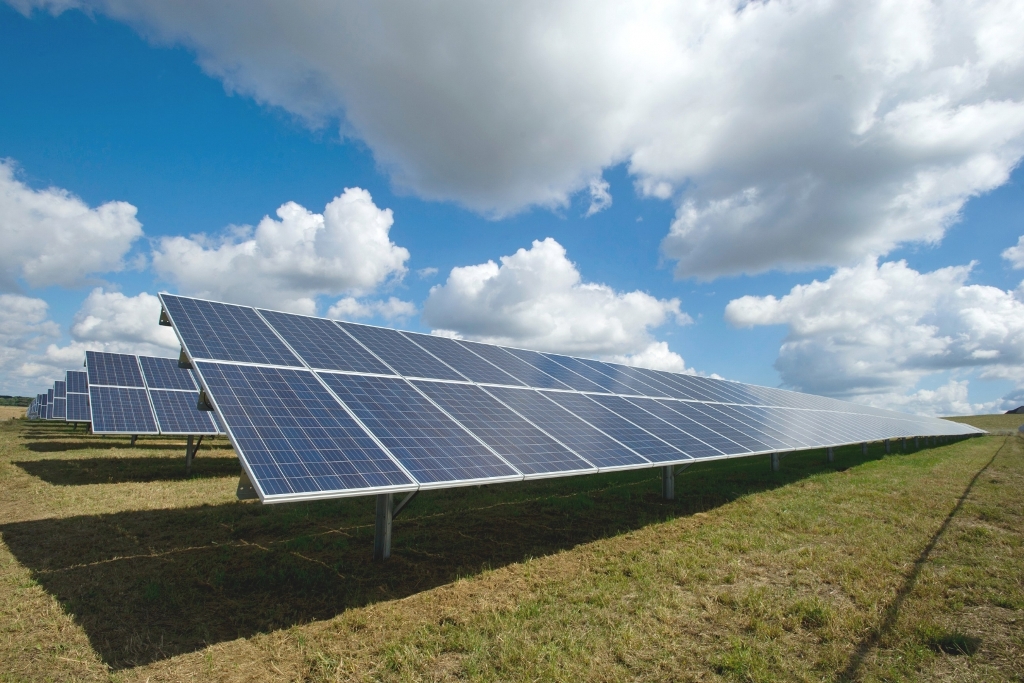Issues related to developing and launching a private solar energy project have been discussed in Dushanbe this week.
The press center of the Ministry of Energy and Water Resources of Tajikistan (MoEWR) says this issue was discussed here on May 1 at a meeting of the Tajik Minister of Energy and Water Resources Daler Juma with the World Bank mission led Dr. Sudeshna Ghosh Banerjee, the Practice Manager for Europe and Central Asia in the Energy and Extractives Global Practice of the World Bank.
In the course of the talks, Tajik minister reportedly appreciated the World Bank’s efforts “to attract funds and interaction with other partners for financing the construction of the Roghun hydroelectric power plant (HPP).
The parties reportedly also discussed the process of developing the private solar energy project expected to be launched in the northern province of Sughd. According to the MoEWR press center, the plant will have a capacity of 200 MW (sic).
During the meeting, the parties also discussed implementation of projects for heat supply of large cities of the country, the project to reduce electricity losses in distribution networks, regional projects and preparations for the 5th Central Asian climate change conference, which will take place in Dushanbe from May 16-17 this year.
It is to be noted that the Central Asian region possesses an estimated 5% of the world’s natural capacity for wind and solar energy capture, which provides abundant opportunities for developing renewable energy. Yet, with the exception of hydropower, notably in Tajikistan and Kyrgyzstan, the share of renewables in national energy mixes is negligible in all Central Asia’s countries. The region’s significant renewable energy potential is underutilized due to multiple financial, technical and social barriers.
Estimated potential of solar energy in Tajikistan is about 25 billion kWh / year. This potential is not used, if not to take into account some of its use for water heating. There is small wind energy potential, but its use as a complementary main hydropower is justified in some regions.
The potential of solar and wind energy in Tajikistan is reportedly quite high. The country is located between 36°40′ and 41°05′ north latitude. Meteorologists call this zone a “golden belt” of sunshine.
According to the Agency of Hydrometeorology of Tajikistan, the duration of sunshine in the country is 2100-3166 hours per year, and the number of sunny days per year ranges from 260 to 300. This provides great opportunities for the use of solar energy as an alternative, especially in mountainous regions where there are no power lines.
CABAR.asia says preliminary calculations of the Ministry of Energy of Water Resources of Tajikistan have shown that the potential for the use of solar energy is 3,103 billion kWh per year. This amount would be enough to cover the winter power shortage partially in Tajikistan in regions of the country where 70% of the population lives.
Recall, the country’s first solar power plant was launched in Murgab district of the Gorno-Badakhshan Autonomous Region (GBAO) in 2020. This solar plant is a direct result of successful cooperation between the Government of Tajikistan, USAID, and Pamir Energy Company.
The solar power station has a capacity of 220 kW. For comparison, the capacity of the smallest hydropower plant in Tajikistan – Varzob Hydropower Plant-3 is 3.52 MW, and the largest operating hydroelectric power plant – Nurek – 3000 MW and it generates 70% of electricity consumed in Tajikistan.
As for wind, the wind energy potential of the republic, although not well studied, yet according to various estimates it ranges from 30 to 100 billion kWh per year. Given this data, we can say that wind energy can compete with the country’s hydropower potential.
Judging by information from the Ministry of Energy and Water Resources of Tajikistan, there are only 9 wind turbines with a total capacity of 5.1 kilowatts and 2,433 solar generators with a total capacity of only 8.87 kilowatts in the country.
Many Tajik experts and the Ministry of Energy and Water Resources claim that wind and solar power are expensive resources for generating electricity. They cite the price of electricity as an example: 1 kWh of electricity produced by hydroelectric plants currently costs residential customers at 26.51 dirams (about 2.5 cents), while 1 kWh of wind power, for example, costs about 20 cents, according to countries that use that energy.




